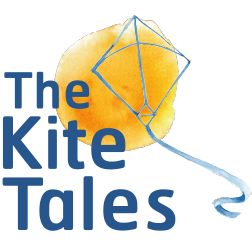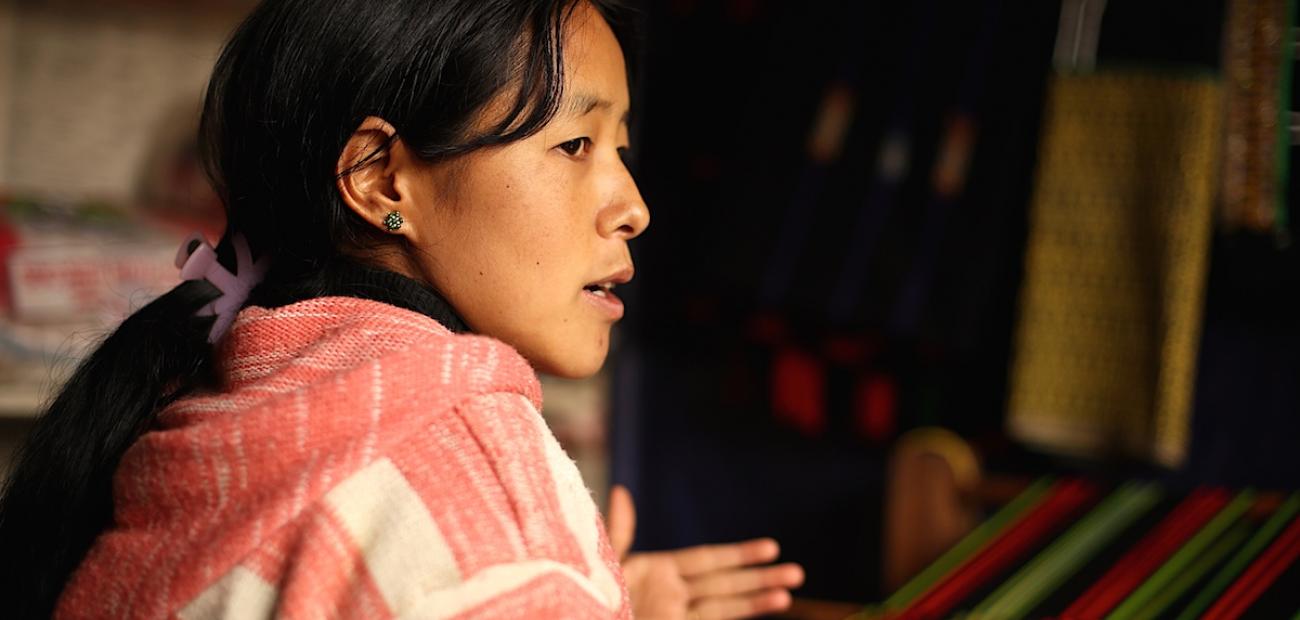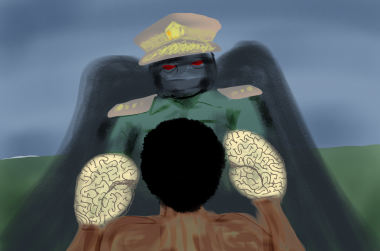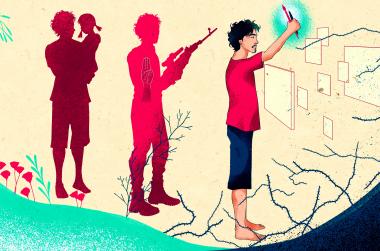Sitting on a low stool, her eyes fixed on the coloured threads that dance through her fingers, Ahtue weaves two shawls at once. The intensity of her concentration suggests that any loosening of her resolve would immediately result in the bright tendrils working themselves into rebellious entanglements.
Her little store in a house on the edge of town is a workshop, warehouse, living room all in one. The space is hung with the traditional blankets, shawls and waistcoats of many of the tribes from this area — Makury, Konyak, Mongray (Tangshang), Lainong — each with their own colour palette and collection of sacred symbols. Children occasionally race in from the house behind with updates on their games, while another woman sharing the crowded floorspace, weaves a scarlet shawl among the piles of blankets. Ahtue has taught several local women how to weave and now her little business helps them earn some extra money by selling their pieces through her shop.
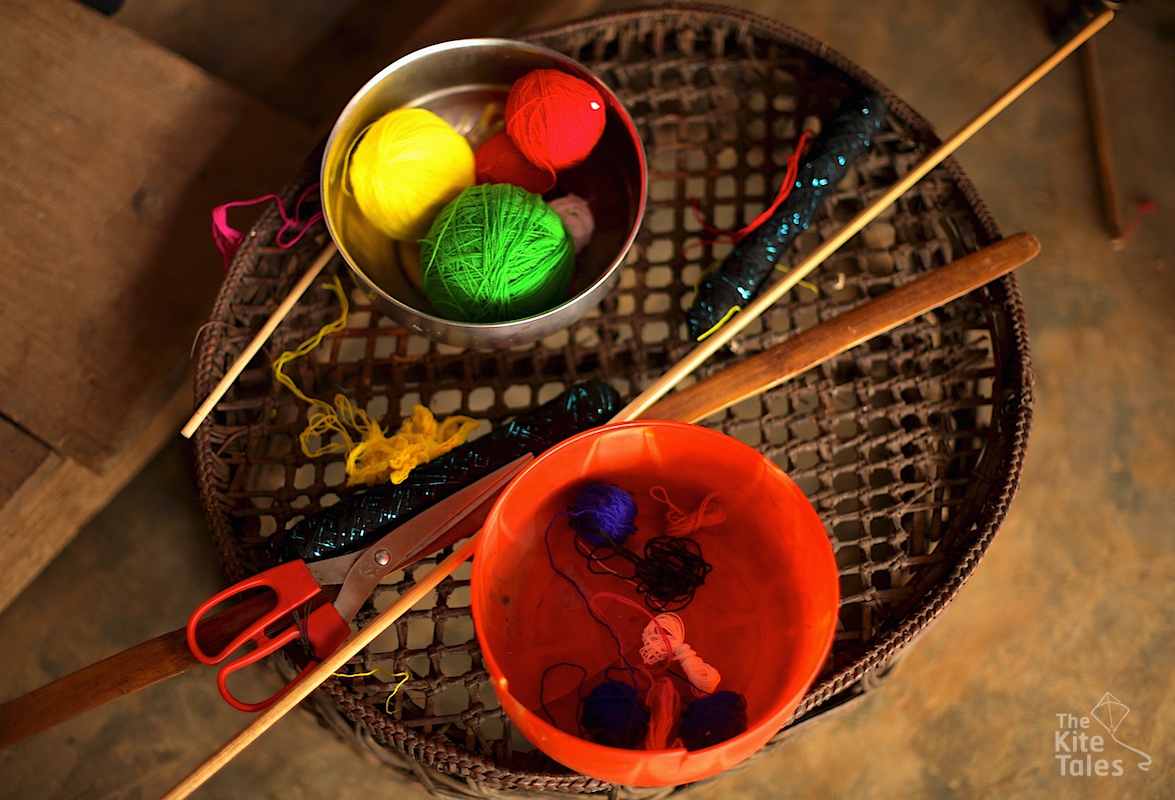
“It’s been quite a while since I started this weaving business. Almost 10 years. I’ve been weaving since I was young and I am now almost 30.
“My mum and aunts weave, and my grandparents did too during their time. In those days, they made their own clothes, so I watched and copied.
“I’m from Konyak tribe. It’s a day’s trip from here, or about four or five days if you are walking. I’ve been in Lahe for 20 or 21 years. I came here to attend school after I completed 4th standard in the village. I stayed here after I got married. My husband also comes from a village, but not the same as mine (laughs). We met here.
“What I’m currently weaving is a Makury shawl to wrap around you. There are many different styles among the Naga.
“Even just for the Konyak there are many variations. The shawls that men and women were are different. Even now, a woman cannot wear man’s shawl (and vice versa).
“They are made for wearing to dance during special occasions. This particular style is only for men, with embroidery of the necklaces that men wear, the gun, the spear, and the hat.
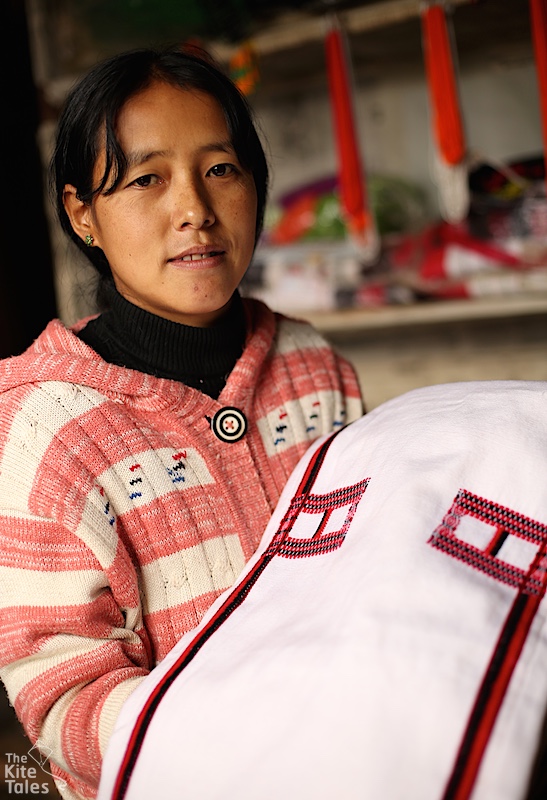
“This white shawl is my favourite. This is for Konyak women. The pattern is supposed to symbolise the way days were counted during my grandparents’ time. They didn’t have calendars then, so they tied threads to mark one day, two days and so on. This is how they could count the days of the week. (Someone would say) they would come back in a certain number of days, and they would use this method. This other pattern is to symbolise the cotton fields that they said existed during their time.
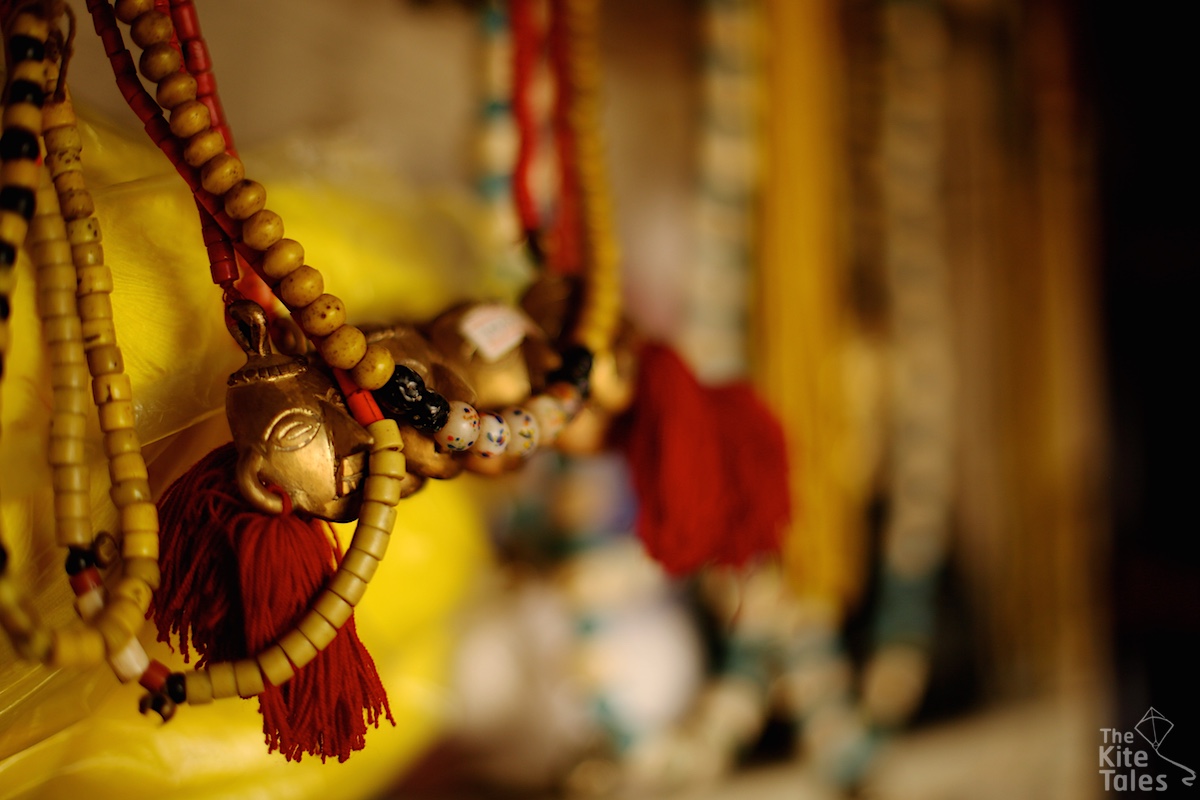
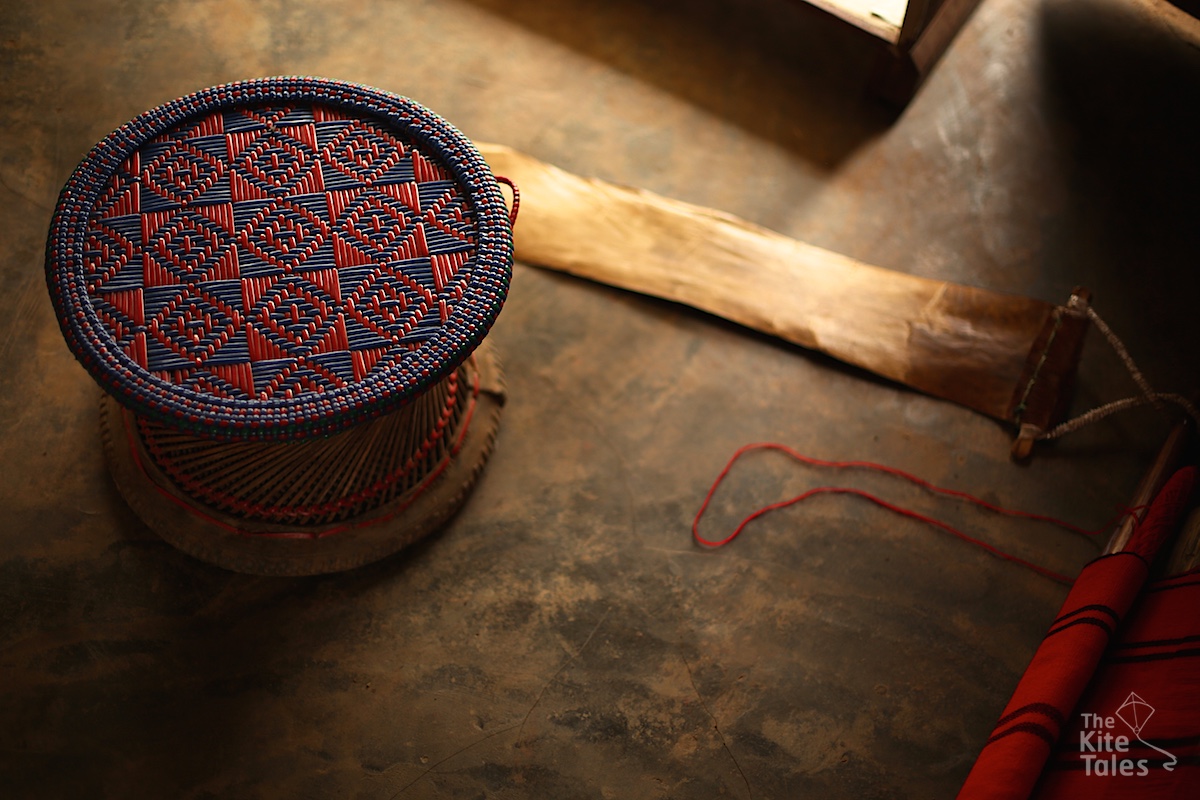
“Others come here to learn weaving as well. I teach about ten women. If I can’t pay them immediately, they just weave at home and bring the finished product here and I’ll sell it for them," Athue said.
“I have both Naga and Myanmar customers. But people buy traditional products only occasionally, when there’s an event or a wedding. Or when they’re paying respects to their parents — then they would offer the Naga blankets.
“During those times, I regularly run out of stock, because these are made the traditional way and not with machines.”
(Interviewed April 2016)
